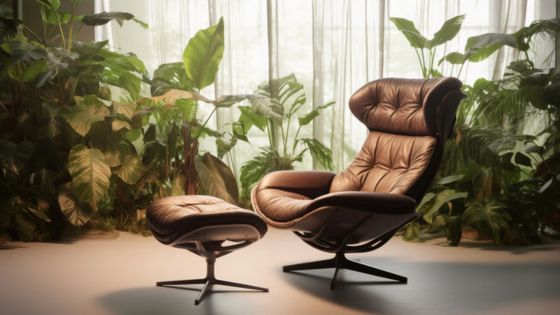Styling a sideboard can transform your space, whether in a dining room or living area. Incorporating pictures, plants, accessories, and thoughtful lighting creates a design that reflects your personality and enhances the overall aesthetic. Discovering how to curate these elements will not only elevate your home decor but also make your sideboard a functional focal point.
Start by visualizing how you want your sideboard to function. It can serve as a display area for cherished photos and art while also providing practical storage. By carefully selecting accessories and greenery, you can bring life and texture into your design, making the sideboard a true centerpiece in your room.
Lighting plays a crucial role in sideboard styling, helping to set the mood and highlight your favorite decor items. Exploring various light sources, such as lamps or sconces, can make a significant difference in how your sideboard is perceived, creating a warm ambiance that welcomes guests and showcases your style.
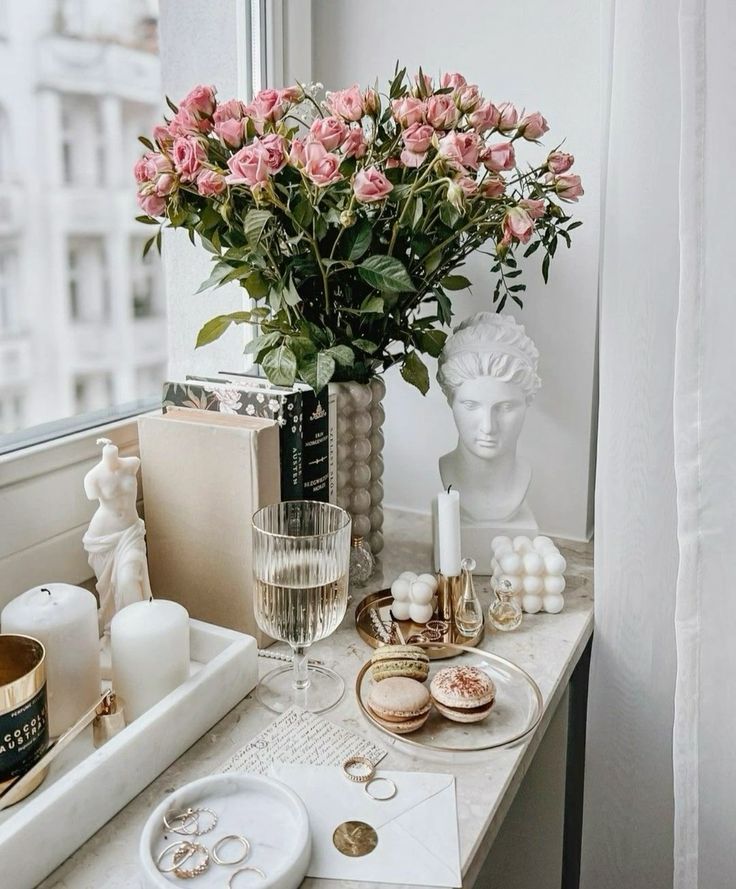
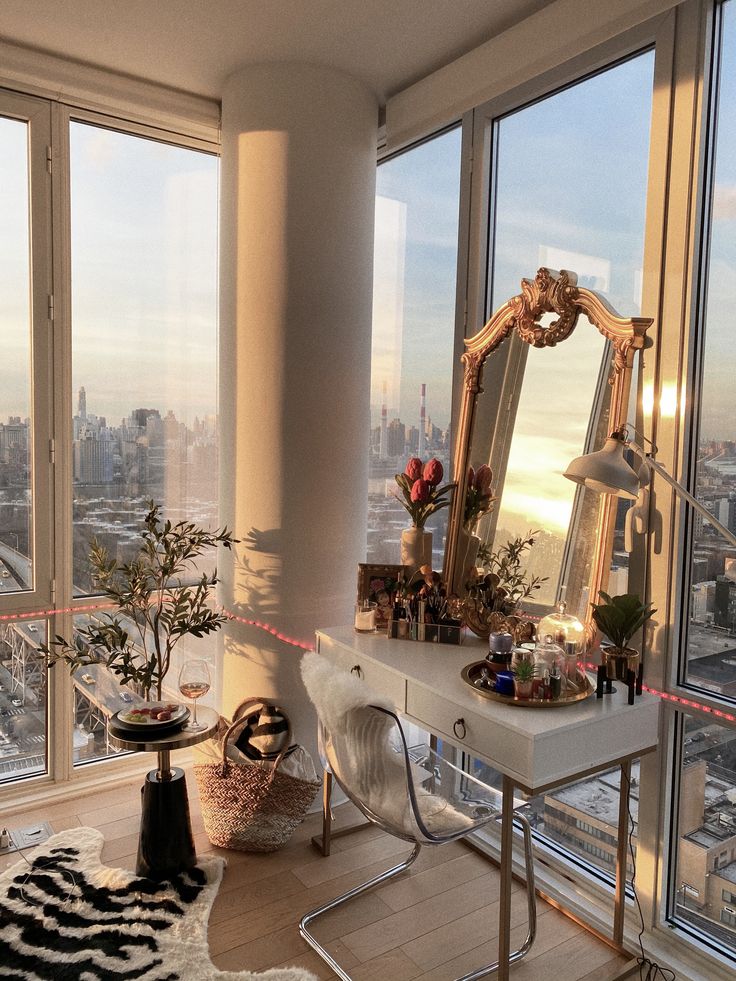
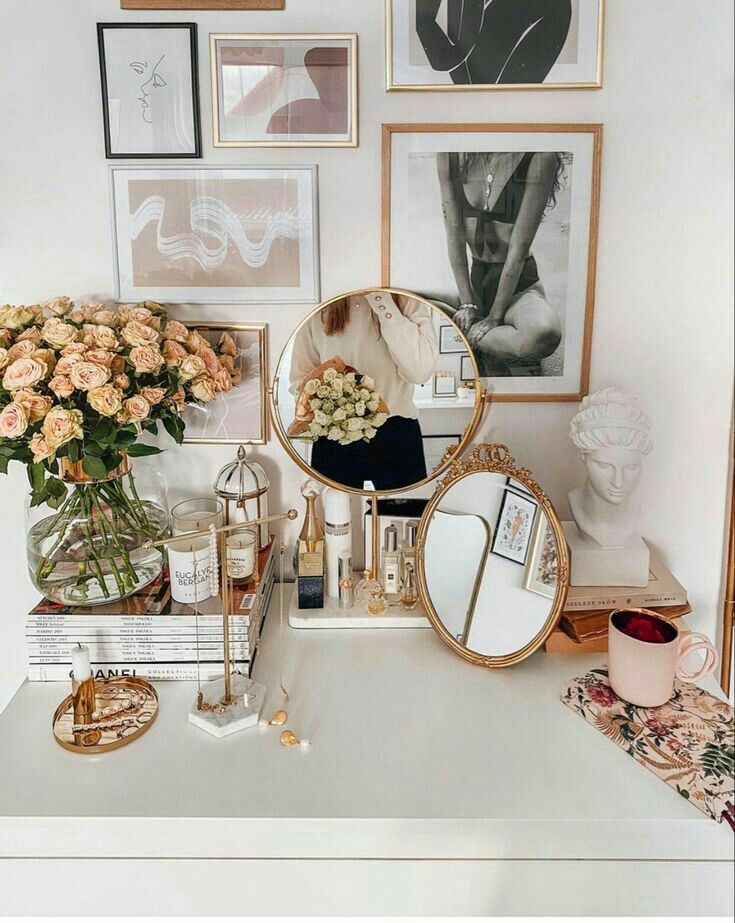
Key Takeaways
- Use personal photos and artwork to create a unique focal point.
- Incorporate plants and accessories for added texture and interest.
- Select appropriate lighting to enhance the atmosphere around your sideboard.
Fundamentals of Sideboard Styling
Creating an appealing sideboard design not only enhances the visual appeal of your space but also maximizes functionality. The following points focus on selecting the right sideboard and maintaining proper scale and proportion.
Choosing the Right Sideboard
Selecting the right sideboard is foundational in styling. Consider the room’s function: in a dining room, opt for a sideboard that offers ample storage for dishes and serving ware. In a living room, choose one that complements your existing furniture while providing storage solutions for media and other items.
Material and color are also crucial; wood adds warmth, while glass or metal can introduce a modern touch. Measure your space to ensure the sideboard fits appropriately without overwhelming the room. Think about height as well; a lower sideboard can create a sense of openness, while taller options offer more vertical interest.
Understanding Scale and Proportion
Scale and proportion are essential in achieving a balanced look. Assess the size of your sideboard in relation to your other furniture. A massive sideboard might overpower a small room, while a petite one may get lost in a spacious area.
When styling, consider the height of decorative items. Place taller plants or accessories at the back and layer smaller items in front to create depth. Use the Rule of Thirds as a guide: divide your styling space into three sections to help distribute visual weight.
Balancing these elements ensures that your sideboard serves as a functional piece without disrupting the aesthetic harmony of the room.
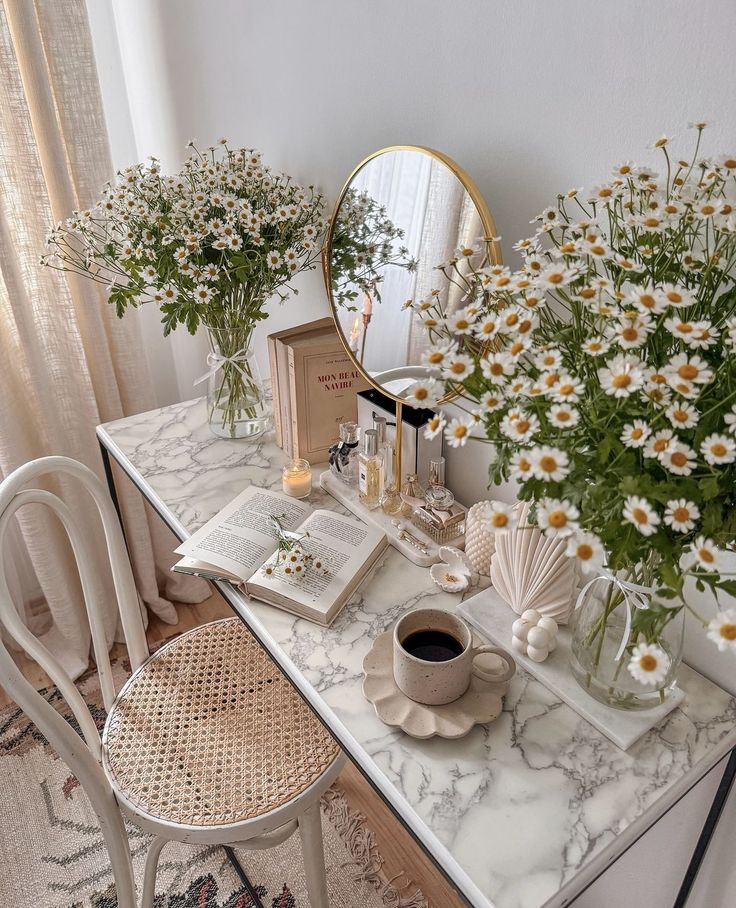
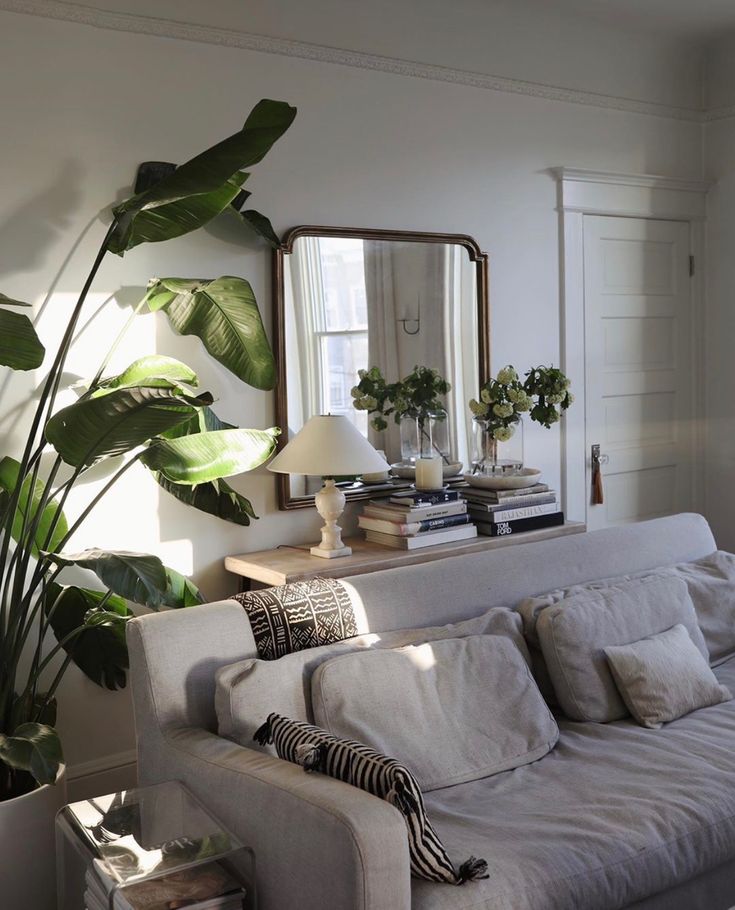
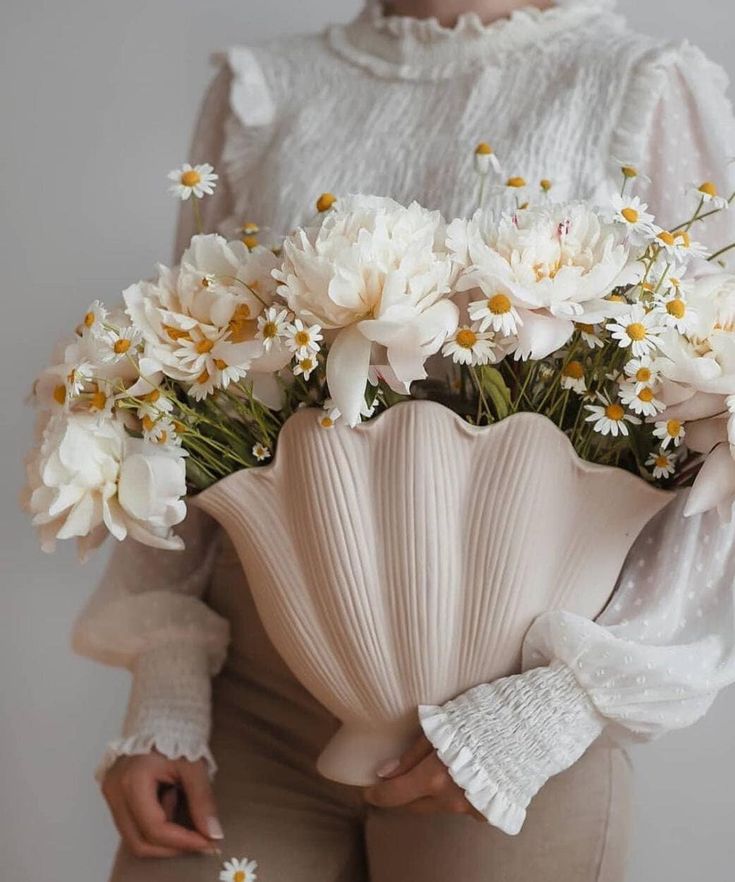
Creating a Focal Point with Art and Mirrors
Establishing a strong focal point using art and mirrors can elevate your sideboard styling. By selecting the right pieces, you draw the eye and enhance the overall aesthetic of the space.
Selecting Artwork for Visual Appeal
Choose artwork that resonates with your personal style and complements your existing décor. Consider pieces that feature bold colors or interesting textures to create a striking appearance.
Using a gallery wall technique can also enhance visual interest. Arrange smaller pieces in a cohesive layout, maintaining equal spacing to create harmony. This method not only showcases your collection but offers a dynamic focal point.
For a more cohesive look, select artwork that shares a common theme or color palette. Photographs and prints can both add personality while ensuring the sideboard remains a key visual element in the room.
Incorporating Mirrors for Added Dimension
Mirrors serve as powerful tools to enhance space and light. Placing a mirror above or behind the sideboard can reflect natural light, making the area feel larger and more inviting.
When selecting a mirror, consider its shape and frame. A large, ornate mirror can be a statement piece, while smaller mirrors can be grouped for added effect. Reflective surfaces can create depth, allowing artwork to pop.
Decoratively framing the mirror can tie it back into your overall design. Ensure that the style aligns with both your sideboard accessories and the artwork to maintain a seamless appearance.
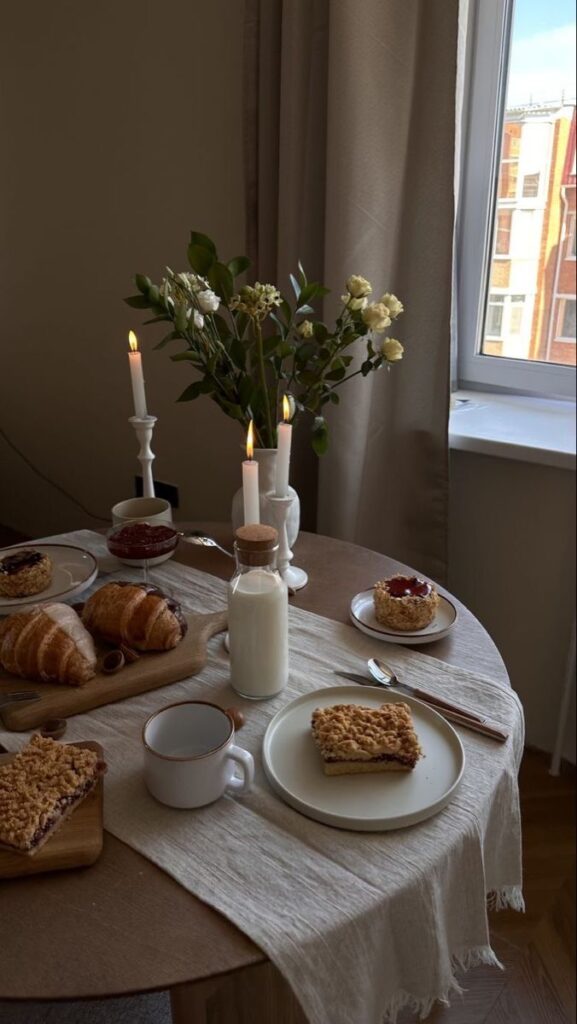
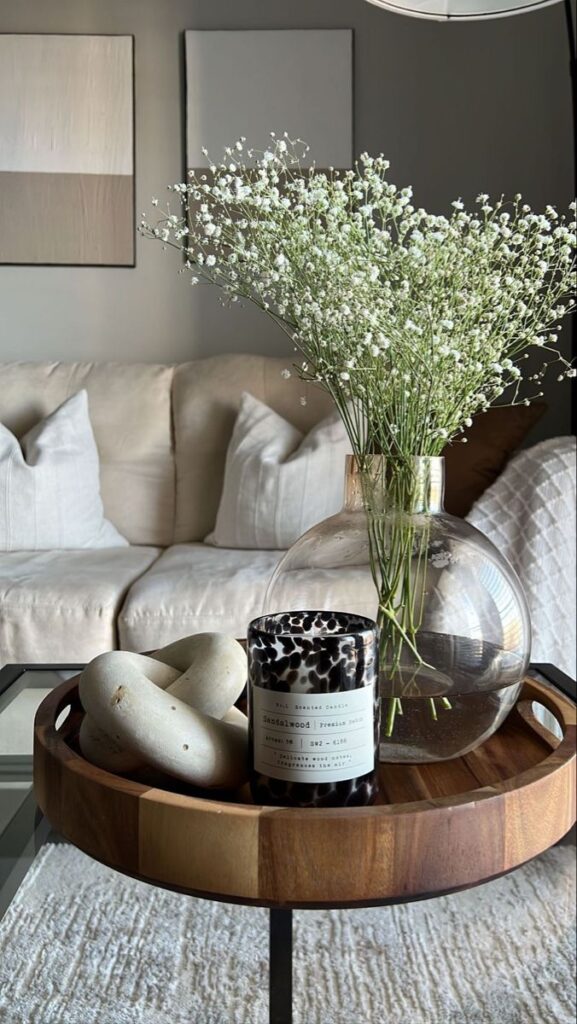
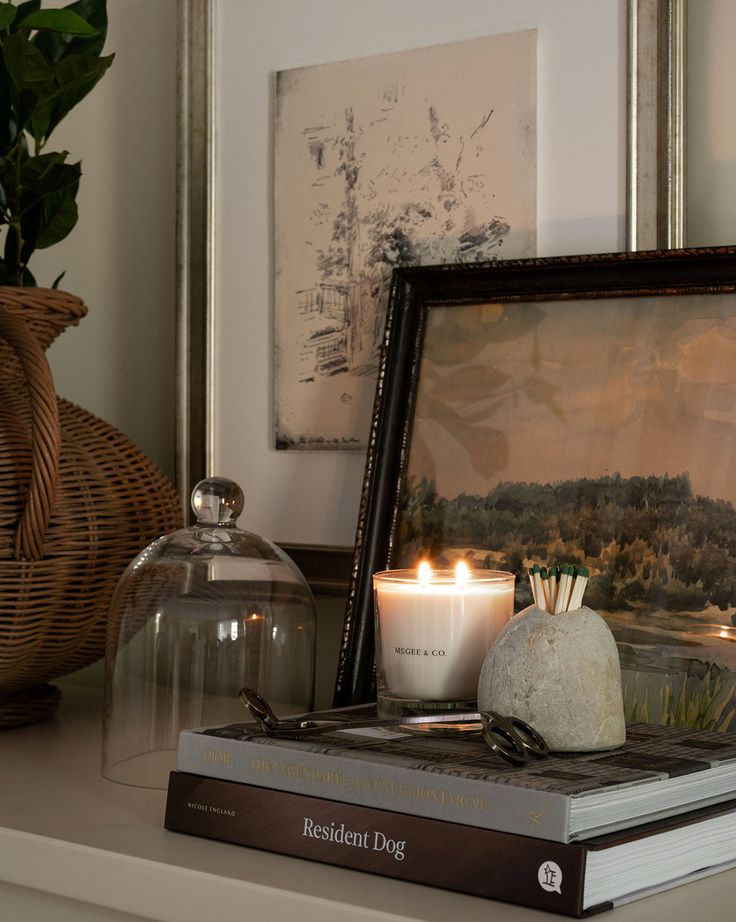
Accessorizing with Objects and Plants
Balancing decorative objects with greenery can enhance your sideboard’s visual appeal. A thoughtful approach to styling with textures and shapes is crucial for creating an interesting focal point.
Layering Decorative Objects
Layering adds depth to your sideboard. Start with foundational pieces like a textured runner or a bold tray. These items set a base and provide a structure for your arrangement.
Choose varying heights for your decorative items. Use stacks of books or small sculptures to create levels. Ceramic vases, antique finds, or rustic pieces can serve as attractive focal points. Incorporate candles of differing heights for warmth and ambiance.
Be mindful of the personal touch by including items that reflect your style. Vintage or handmade pieces can tell a story or evoke memories. Aim for a clutter-free look by spacing items strategically. This method prevents overwhelming the viewer and keeps the design cohesive.
Integrating Plants for a Touch of Nature
Plants introduce life to your sideboard, creating a refreshing contrast to static objects. Select a mix of indoor plants like ferns or Monstera for lush greenery. Smaller options like succulents or a string of pearls work well in tight spaces.
Use decorative pots or vases to highlight your plants. Choose colors and textures that complement your decor. For example, ceramic or terracotta pots can add warmth.
Grouping plants in clusters can enhance their visual impact. Try combining different sizes and varieties to create a dynamic display. Ensure that the plants are arranged in a way that doesn’t obstruct the view of your accessories. Keeping the arrangement balanced and harmonious will yield a captivating sideboard design.
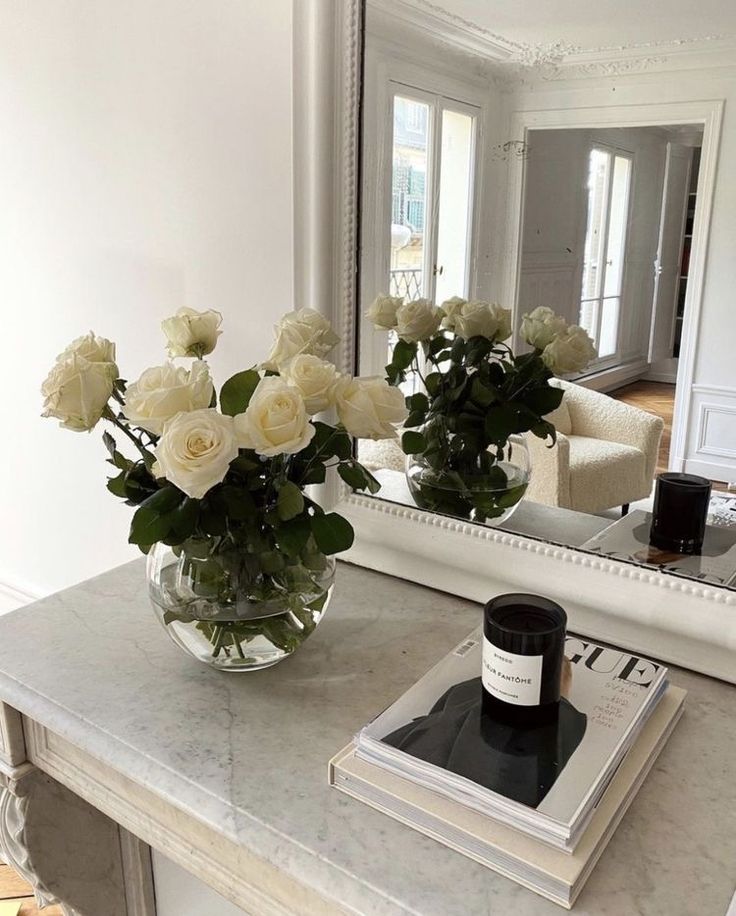
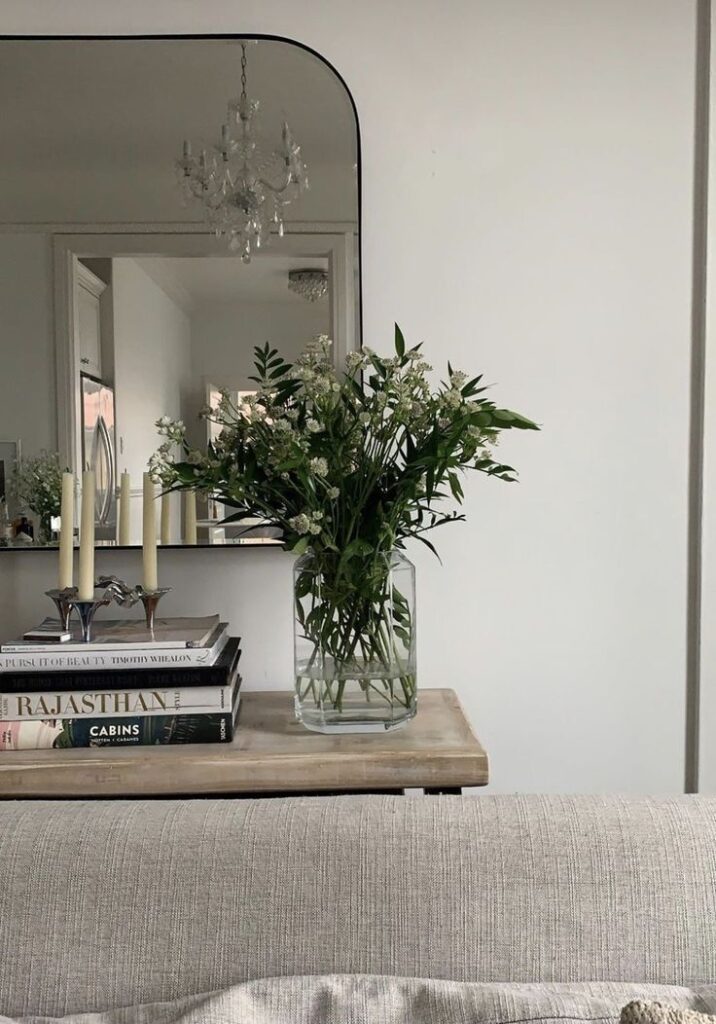
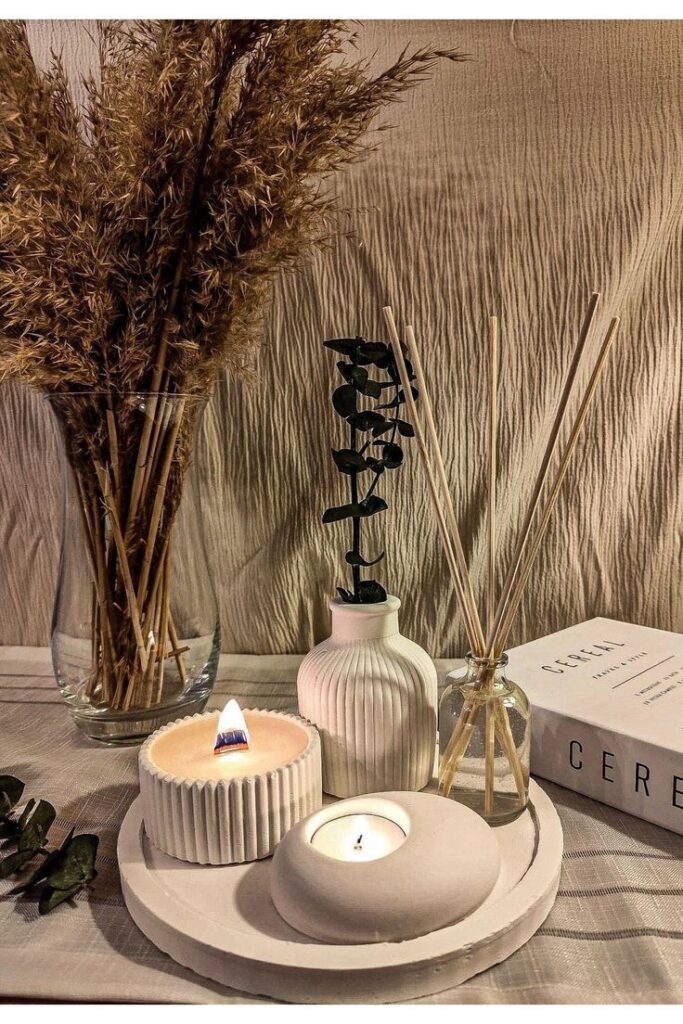
Enhancing Atmosphere with Lighting
Lighting significantly influences the mood and visual appeal of your sideboard. Choosing the right fixtures and placement can create an inviting atmosphere while highlighting decorative elements.
Selecting Lamps and Illumination Techniques
When choosing lamps, consider their scale and design to ensure visual balance. Table lamps work well on sideboards, providing both function and aesthetics. Look for styles that complement your decor, whether modern, rustic, or traditional.
Pay attention to illumination techniques. Use LED bulbs for energy efficiency and adjustable lighting for versatility. Dimmable options allow you to control brightness, creating a soft ambiance for relaxed settings or brighter light for task-oriented activities.
Utilizing Ambient and Accent Lighting
To create layers in your lighting, mix ambient and accent lighting. Ambient lighting provides overall brightness, while accent lighting draws attention to specific objects, like plants or artwork.
Wall sconces can add interest and depth, lighting the sideboard from above. Consider LED strip lights underneath the sideboard to add a subtle glow, enhancing the overall design without overwhelming the space.
Choose colors that align with your color scheme; warm tones foster coziness, while cool tones provide a contemporary feel. Properly integrated lighting contributes significantly to the overall decor and atmosphere of your sideboard.
- 3shares
- Facebook0
- Pinterest3
- Twitter0
